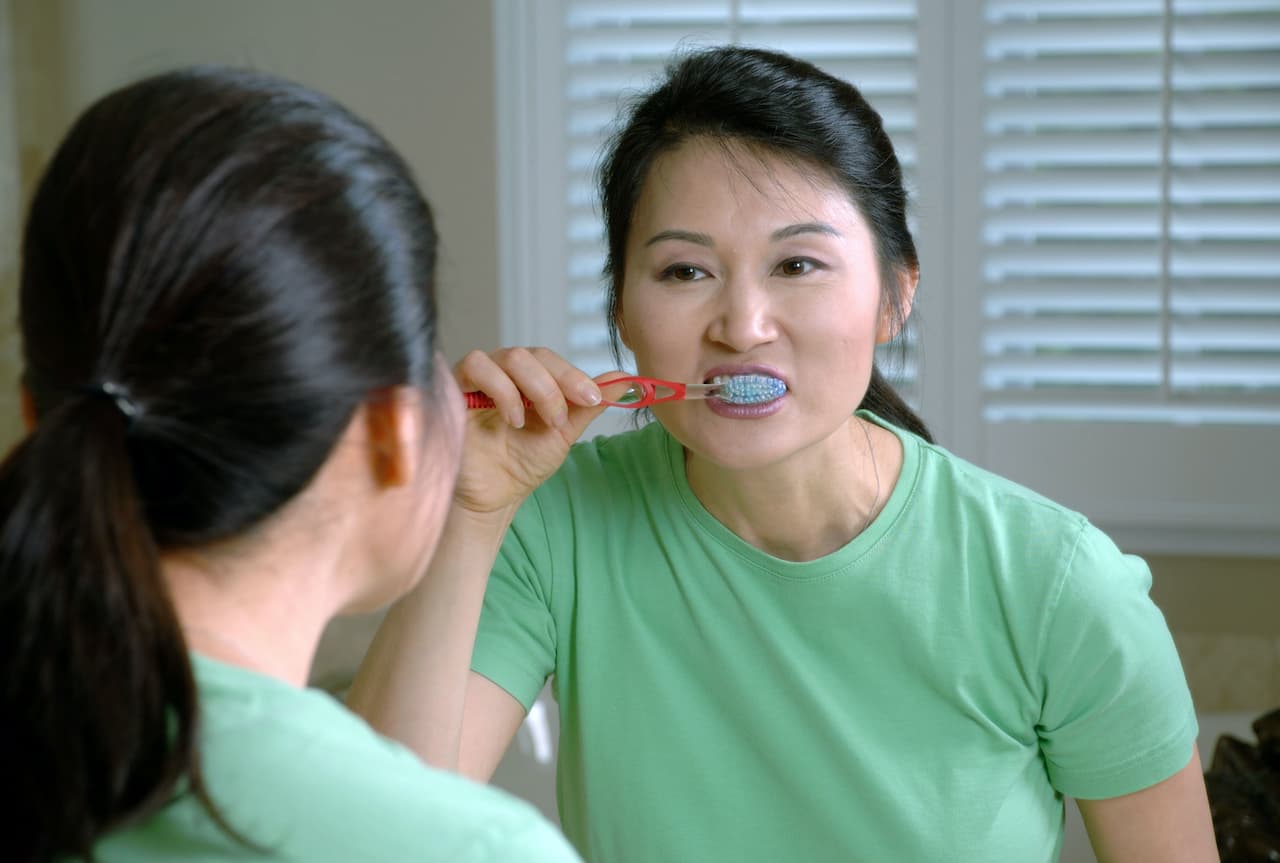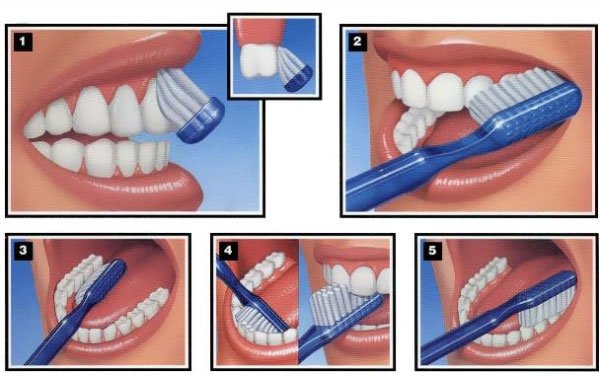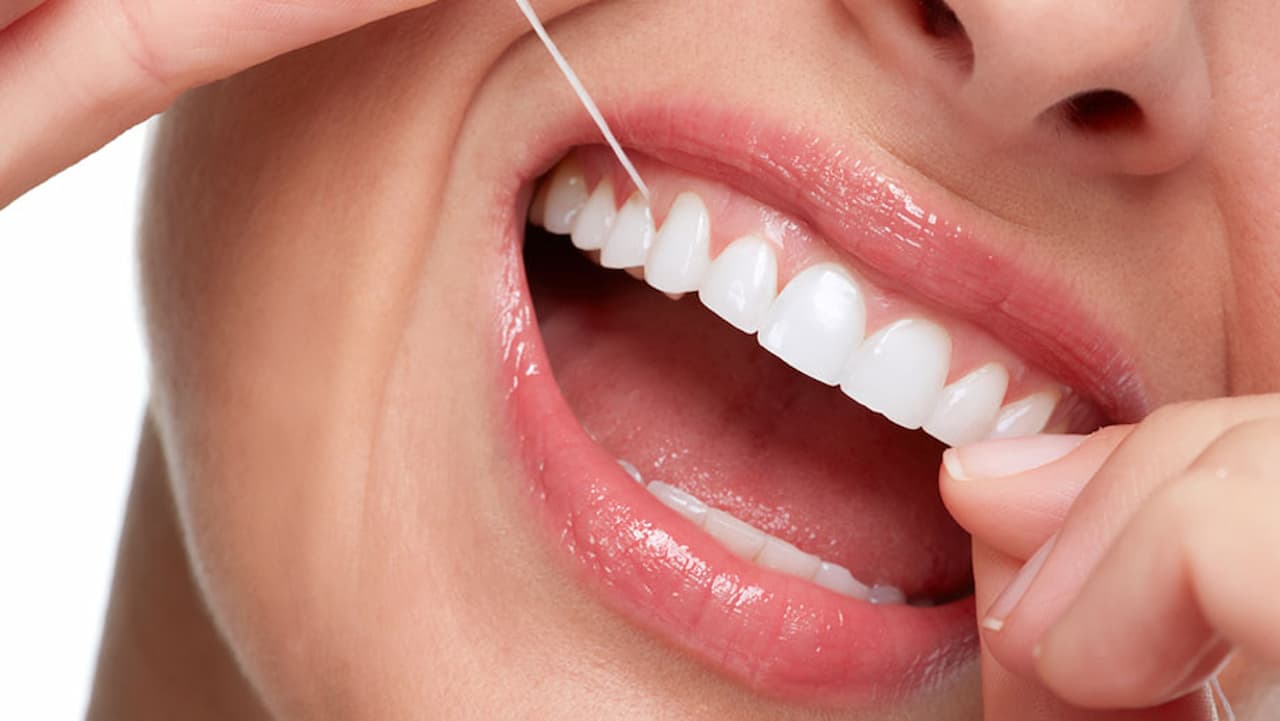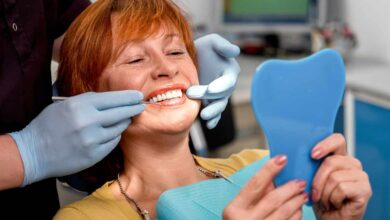Preventive Dentistry
Preventive dentistry is about being proactive with your oral health to prevent plaque build-up and associated dental health problems occurring in the first instance.
Quality Dental recommends regular check-up visits every 6 months combined with a simple and effective teeth cleaning regime at home. In less than five minutes each morning and evening you can help prevent tooth decay and gum disease at home.
With regular visits to our practice Quality Dental will work with you to build and maintain the health of your teeth and gums to ensure your oral health is at it’s best.
Why do I need regular checkups and cleans?
Over time plaque build-up occurs on your teeth as well as accumulating below the gum-line. Bacteria then forms in the plaque, which can lead to other dental problems such gum disease, decay and tooth loss.
Plaque build-up occurs on the multiple surfaces of each tooth, as well as areas between the teeth and under the gum-line. The best way to keep the levels of plaque in-check you should clean your teeth twice a day. However despite your best efforts there are some nooks and cranies in your mouth that are difficult to reach and will require cleaning by a dental professional.
Depending on your existing oral health and how regularly and thoroughly you clean you teeth, you may require a professional clean at least every 6 months.
Preventive Dental Care & Treatments
Regular checkups
Our qualified dentists work as a team to provide you with the latest in oral health and disease prevention techniques, treatments and at-home products. Our patient recall system offers you a friendly reminder when it’s time for your next visit.
X-Rays
Your dentist will initially assess your oral health by examining your teeth and soft oral tissues. It is also necessary for your dentist to view the surfaces between the teeth, beneath the gum line, monitor bone levels and tooth eruption. X-rays are the only way a dentist can do this, and accurately detect signs of decay beneath the surface of the tooth and gum. The earlier decay or inflammation is detected, the easier it is to treat, resolve and restore the health of the affected area.
Scaling and Polishing
Scaling and polishing is a preventive dental treatment that removes the hardened layer of plaque that causes gum irritation and is often the main cause of gum disease. Removal of plaque can reduce the yellow appearance of teeth along the gum-line and also improves mouth taste and bad breath. To keep your teeth in optimal health, scaling and polishing of teeth is done on a needs basis, which is usually every 6 months.
Fissure sealants
Fissure sealants involves ‘sealing’ the fissures or deep grooves in adult teeth with a liquid coating. The clear coating hardens after a few minutes and stops food and plaque from becoming embedded in these grooves and causing tooth decay. This procedure is usually recommend for young patients with deep fissures.
Everyday Oral Hygiene Tips
We recommend you clean your teeth and gums every day with a small, soft-bristled toothbrush. Dental floss should be used between the teeth to assist in the removal of plaque that you may have missed. While it is tempting to avoid cleaning your gums when they are bleeding or inflamed, brushing will help improve the situation.
Our role as professional dental healthcare providers is to assist you in achieving optimal oral health and maintaining your natural teeth for life.
Brushing

Place the head of your brush beside your teeth, with the brush tip at a 45 degree angle against your gum. Move the brush back and forth in short, semi-circle strokes.

Brush the chewing surfaces of each tooth, top and bottom, using short back and forth strokes.
You must also clean the inside surfaces of the front teeth by tilting the brush vertically and make several gentle up and down strokes with the front part of the brush. You should not forget your tongue, brushing it will help keep your breath fresh and clean your mouth by removing bacteria.
Flossing

Wind roughly 20cm of floss around middle fingers of each hand. Hold each end of the floss between your thumbs and index fingers, leaving about 2cm to 3cm of length in between. You should use your thumbs to direct the floss between your upper teeth. Keeping the 2cm to 3cm length of floss firmly between fingers, use index fingers to direct the floss between the lower teeth.
Gently guide the floss between the teeth by using a zigzag motion. It is important to remember not to snap the floss between your teeth but using a smooth and flowing motion around each side of the tooth.
Slide the floss up and down against your tooth surface and under the gum. This may feel awkward but it is important to get underneath the tooth to clean those areas.
Gum Health
At Quality Dental we take a holistic approach to your oral health, this means we pay particular attention to the health of your gums as well as your teeth. Symptoms such as bleeding gums can be a precursor to heart disease and can result in tooth loss, so it is important for your dentist to monitor your gum health.
Gum Disease
Gum disease describes a range of conditions that affect the supporting tissues for the teeth. The supporting tissues comprise both the surface tissues that can be seen in the mouth and also the deeper tissues of the bone, root surface and the ligament that connects the teeth to the bone.
In the vast majority of cases the progression of gum disease can be stopped with appropriate care. Management of gum disease becomes more difficult and less predictable the more advanced the disease. Therefore, the sooner periodontitis is diagnosed and treated the better.
Regular dental examinations are important to check for the presence of gum disease.
The cause of gum disease is bacteria. To manage it, the bacteria must be reduced to a level the body’s defense mechanisms can handle. Treatment classically involves:
- achieving the best possible home dental care;
- professional cleaning of the teeth above and below the gum line (into the pockets) to remove the plaque and hard deposits (calculus / tartar);
- regular reviews; and
- trying to eliminate risk factors such as smoking.
The take home message is that gum disease causes permanent damage to the supporting tissues. The aim of treatment is to stop the progression of the disease through controlling the bacteria.
To a large extent periodontitis can be prevented by good oral hygiene and early intervention when problems are identified.



![36725534_illustration [Converted]](https://www.qualitydental.com.au/wp-content/uploads/2022/08/Quality-Dental-Sydney-46-teeth-whitening-390x220.jpg)